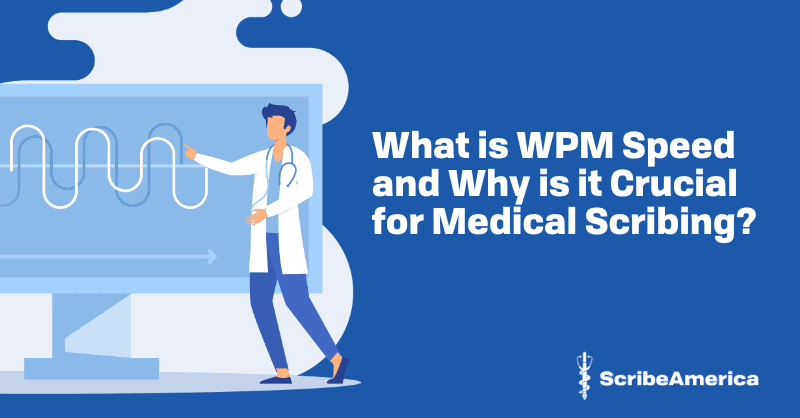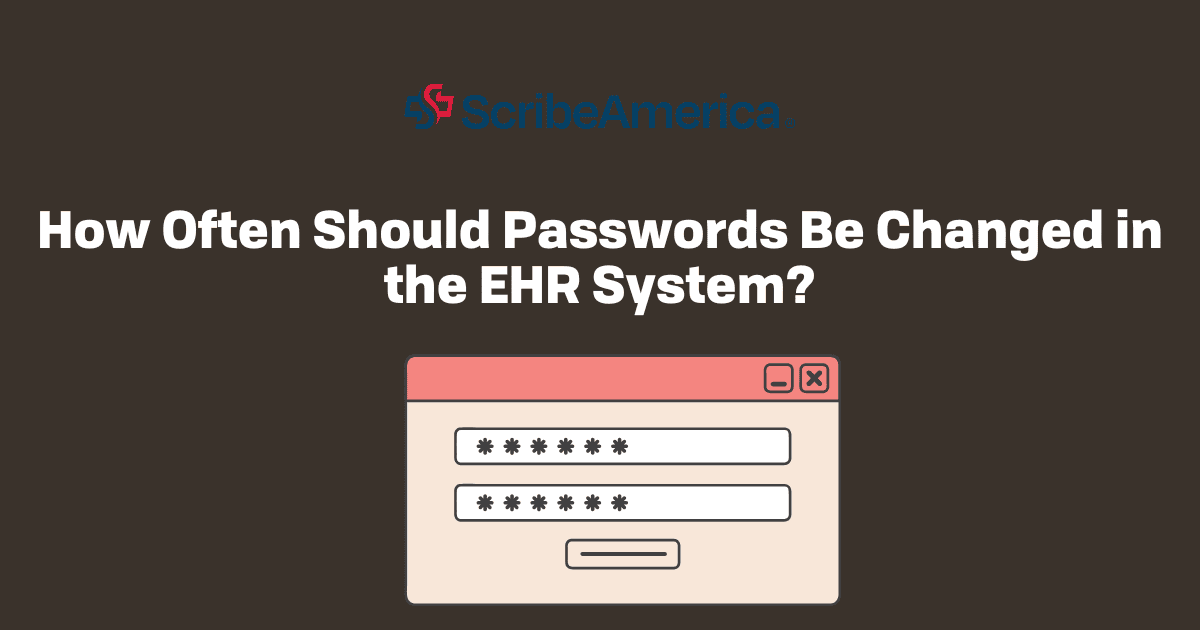In the realm of medical scribing, where precision and efficiency are paramount, the significance of Words Per Minute speed cannot be overstated. WPM, commonly associated with typing proficiency, plays a pivotal role in the seamless functioning of medical scribes who transcribe patient encounters. Let’s delve into what WPM is, its relevance in typing, and why it holds a crucial place in the world of medical scribing.
What is WPM?
WPM, or Words Per Minute, is a metric used to measure typing speed. This metric is particularly crucial in professions that require rapid and accurate data entry, such as medical scribing.
What is WPM in typing? It gauges the speed and efficiency of a typist. It’s a standardized measure used across various industries to assess the proficiency of individuals in keyboard-based tasks. In the context of medical scribing, where documentation of patient interactions is time-sensitive, a higher WPM ensures that scribes can keep pace with the demands of the job.
Additionally, WPM is not just about raw speed. The ability to type quickly while maintaining high accuracy is essential in medical scribing, as errors in documentation can lead to serious medical consequences. A skilled scribe balances both aspects to ensure efficient and precise record-keeping.

Why is WPM speed important in medical scribing?
There are a few reasons why WPM matters in medical scribing:
- Efficiency in documentation - medical scribes are tasked with documenting patient encounters in real-time. A higher WPM enables scribes to transcribe medical information swiftly and accurately, ensuring that no crucial details are missed during the documentation process.
- Time management - in a fast-paced healthcare environment, time is of the essence. Scribes with a proficient WPM can manage their time effectively, ensuring that patient records are updated promptly without compromising on accuracy. This is particularly vital in emergency situations where quick and precise documentation is essential.
- Reduced turnaround time - a high WPM directly correlates with a reduced turnaround time for medical records. This is advantageous not only for healthcare providers who rely on up-to-date patient information but also for patients who may require immediate medical attention or follow-ups.
WPM for medical scribing - what's the ideal speed?
The average Words Per Minute for medical scribes varies, but a speed of 60 to 80 WPM is often considered sufficient for the demands of the job. However, some healthcare settings may require even higher speeds, reaching up to 90 WPM or more. Scribes aiming to excel in their roles should strive for a balance between speed and accuracy, as errors in medical documentation can have serious consequences.
Medical scribes vs WPM requirements
While there is no universal standard for WPM requirements in medical scribing, individual healthcare institutions may set their own benchmarks.
Scribes should be aware of the specific WPM medical scribe requirements or expectations of their employers and work towards meeting or exceeding these standards to thrive in their roles.
If you’re looking for more insights into the importance of typing speed for medical scribes, check out this in-depth article: Good Typing Speed for Medical Scribes. It provides further details on the ideal WPM, training tips, and how speed impacts job performance.
Final thoughts: WPM for medical scribe
In the dynamic and demanding field of healthcare, where every keystroke matters, medical scribing WPM emerges as a key indicator of a scribe's proficiency.
A higher WPM translates to enhanced efficiency, improved time management, and ultimately, better patient care. Aspiring and practicing medical scribes alike should recognize the importance of honing their WPM skills to navigate the challenges of their profession successfully.
Read also: Medical scribe's skills checklist




